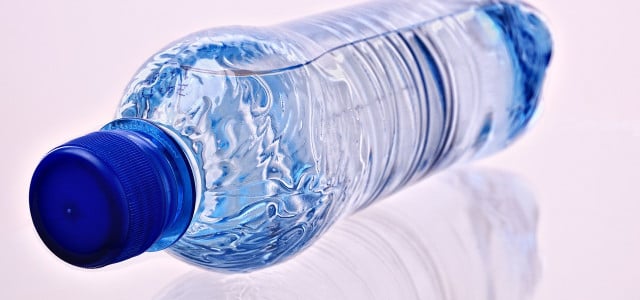
Microplastics are everywhere. Studies show: Even in drinking water. We have taken a closer look at some new studies on microplastics in mineral water and summarized the most important things for you.
In recent years, the issue of microplastics has received increasing attention as tiny plastic particles are detected not only in oceans and rivers, but increasingly in our food chain.
So the question now arises: What about the water we drink every day? Are microplastics also present in mineral water, which is often considered a clean and healthy alternative to tap water in Germany? Current studies take a critical look at the purity of our drinking water and show that tiny plastic particles can be found even in bottled mineral water.
Here we explain to you how microplastics can get into mineral water, what this means for your health and what options there are to reduce pollution.
What is microplastics?
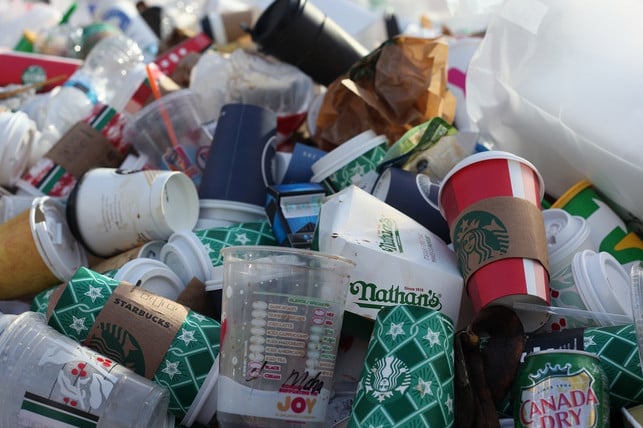
(Photo: CC0 / Pixabay / Film Viewer)
Microplastic is the name for plastic particles that are smaller than five millimeters. These tiny particles are created on the one hand through targeted industrial production (primary microplastics) and on the other hand because larger pieces of plastic break down and are shredded (secondary microplastics).
Primary microplastics
- Plastic is manufactured industrially and deliberately shredded in order to be further processed.
- Examples: Plastic granules in cosmetics (e.g. peelings, toothpaste), in paints, varnishes or cleaning products
Why are microplastics so often used intentionally? Read about it: Why do we need microplastics?
Secondary microplastics
- The particles are created unintentionally by the breakdown of larger pieces of plastic (for example, the breakdown of plastic bags, packaging or fishing nets and the breakdown of plastic waste in the environment by sunlight, wind and water).
- Examples: plastic waste in oceans and rivers, abrasion and decay of plastic objects (shoe soles, fabrics, etc.).
Microplastics: Is mineral water affected?
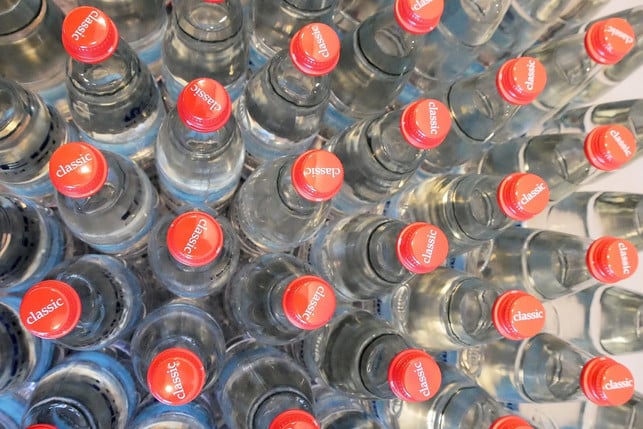
(Photo: CC0 / Pixabay / Miriam_die_Taenzerin)
Microplastics have also been detected in drinking water bottles. Two independent studies from 2018 and 2020 examined more than 30 types of bottled mineral water, including single-use plastic bottles, reusable plastic bottles and glass bottles or beverage cartons. The researchers found microplastics in all samples – not just in the plastic bottles. This clearly refutes the common assumption that microplastics are only found in plastic surfaces.
You can also read more about this in the article “Laboratory investigation: Microplastics in every mineral water”.
In fact, a publication on the subject even states that, contrary to common assumptions, disposable deposit bottles are less contaminated with microplastics than, for example, reusable glass bottles. According to the report, reusable PET and glass bottles were the most contaminated in studies.
In a new study from Columbia University in the US, researchers even found that PET bottles in particular contain far more tiny plastic particles than previously assumed. To date, only microplastics have been tested and all particles that were even smaller were ignored. Scientists in the USA have detected these even smaller particles, the so-called nanoplastics, in huge quantities in water bottles.
Accordingly, the proportion of tiny plastic particles in PET bottles is around 20 percent microplastics and up to 80 percent nanoplastics. It can be assumed that these numbers will be similar for water bottled in Germany. This makes it clear that there is a lot more plastic floating in our drinking bottles than previously assumed. Researchers found twice as many microplastic particles in bottles made of reusable glass or plastic as in bottles made of single-use plastic.
But why is that?
Where do microplastics in water bottles come from?
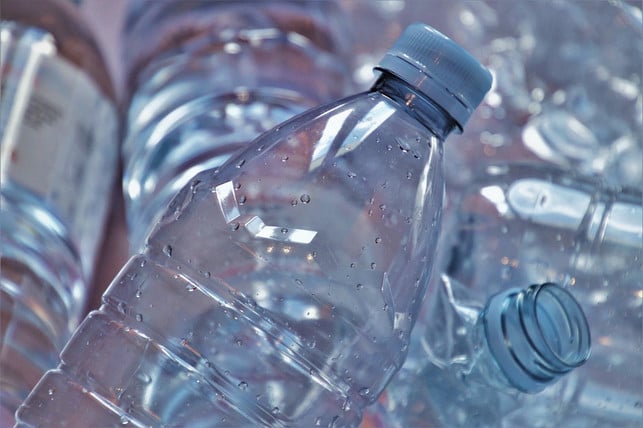
(Photo: CC0 / Pixabay / pasja1000)
Microplastics in water bottles can come from various sources:
- Material wear
- Abrasion when opening and closing the bottle cap
- Industrial cleaning of reusable bottles (microplastics also end up in the bottle)
The last point in particular explains why the proportion of microplastics in reusable bottles is so much higher than in disposable deposit bottles: large amounts of microplastics end up in the bottles during industrial cleaning. Therefore, studies revealed large amounts of microplastics, particularly in bottles that were cleaned frequently. Disposable deposit bottles perform significantly better in this respect. It is therefore advisable to use disposable deposit bottles if you want to absorb as few microplastics as possible from your bottled mineral water.
By the way: It’s not just mineral water that is affected. Studies have shown that microplastics pollute lakes and therefore drinking water sources.
The ingestion of microplastics cannot be completely avoided because the small plastic pieces are everywhere, even in the air we breathe. The health consequences of microplastics cannot yet be predicted in the long term. Therefore, it can still be a good idea to minimize contact with microplastics and not contribute to the tiny particles spreading unnecessarily in the environment.
Why are microplastics problematic?
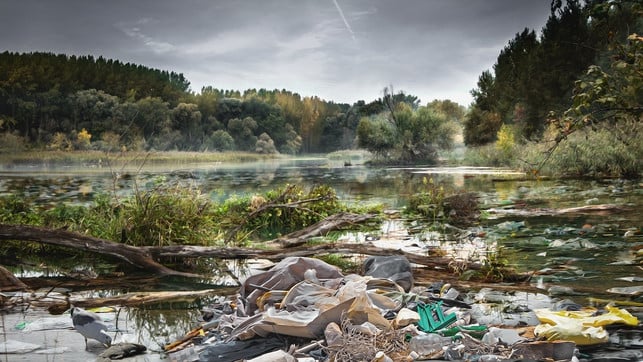
(Photo: CC0 / Pixabay / pixundFertig)
Microplastics spread throughout all habitats on earth and end up in our everyday lives, our bodies and the environment in many different ways. And that is worrying because microplastics pose potential risks to human health and damage the flora and fauna of our planet. Here is a summary of the harmful effects of microplastics:
-
Environmental pollution: Microplastics can now be found everywhere in nature. From soil and water to the air – once in the environment, it spreads into all habitats and is extremely difficult to break down. According to WWF, it can cause serious damage there, endanger biodiversity and harm the health of animals that come into contact with the microplastics. Microplastics can even influence cloud formation.
-
Risks for humans: The particles can also be detected in the human body. For example, there is evidence of microplastics in the deepest part of the lungs. This happens when we eat plant or animal products that are contaminated with microplastics. If microplastics enter our bodies in this or other way (for example through cosmetics or inhaling microplastic particles in the air), microplastics can potentially cause health damage there. There are still many unanswered questions regarding the question of exactly how microplastics affect health and there are a lack of long-term studies and clear results. However, according to BUND, microplastics are suspected of influencing hormonal balance and fertility and possibly even being carcinogenic and acting as a catalyst for tumors.
-
Economic consequences: Once it has entered the environment, microplastics are difficult to remove. It does not break down on its own and cleaning contaminated water and soil requires enormous financial effort.
Tip: To make your contribution, there are various things you can do to combat microplastics.
Read more on Techzle\.com:
- Unbelievable: 9 microplastic facts you didn’t know
- Microplastics end up in the ocean from these 7 surprising things
- Lead in tap water: How big is the problem?
** marked with ** or orange underlined Links to sources of supply are partly partner links: If you buy here, you are actively supporting Techzle\.com, because we then receive a small part of the sales proceeds. More info.